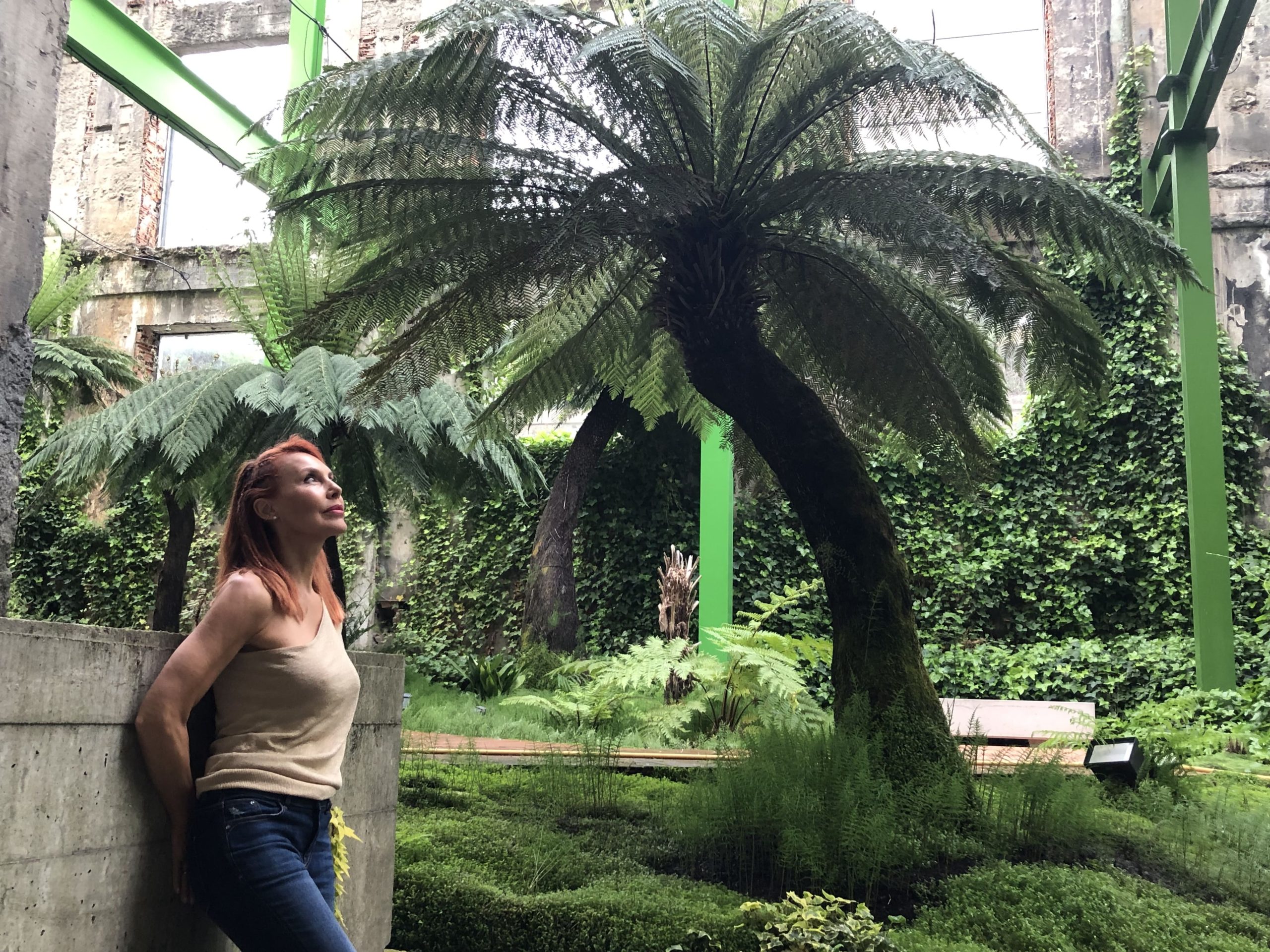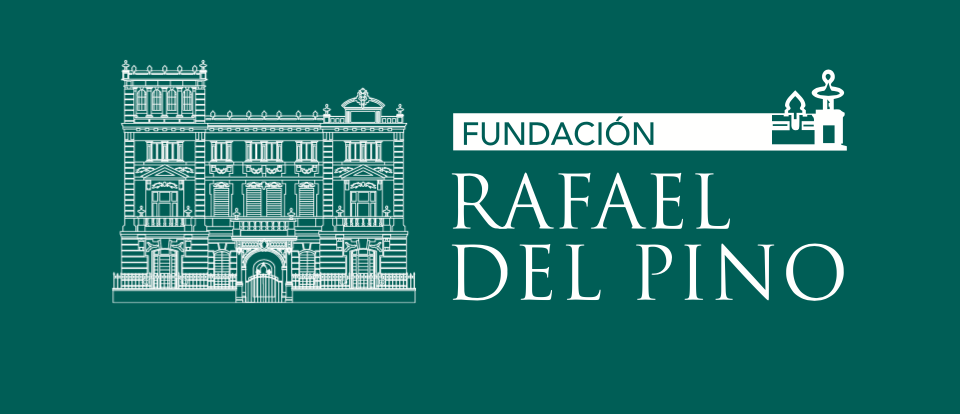- La actriz es la diseñadora y presentadora del ciclo de cine-coloquio de La Térmica Cultural
Nació en Ponferrada, aunque siempre ha sido una mujer sin fronteras. Su profesión de actriz ha llevado a Mapi Galán a trabajar en países como Camboya y a residir en otros como Francia, Italia o Estados Unidos. Con más de 30 papeles en producciones cinematográficas a sus espaldas, ha rodado con Luis García Berlanga, Jean Pierre Jeunet o Alberto Sciamma, entre otros. También ha participado en series de televisión como Médico de familia o Cuéntame cómo pasó.
En su último proyecto profesional, se ha puesto en el papel de productora para crear DiBierzo, un ciclo de cine-coloquio que acogerá La Térmica Cultural a lo largo de este 2023. Esta iniciativa se compone de tres sesiones en las que se proyectarán películas seleccionadas bajo criterios de energía, sostenibilidad e igualdad, a las que acompañará un posterior coloquio con sus directores, moderado por ella misma, para que los espectadores puedan poner en común sus impresiones. Esta tarde se inaugura el ciclo con el visionado de Cenizas del cielo, de José Antonio Quirós, el cual ya cuenta con todas las localidades reservadas.
LA TÉRMICA CULTURAL. El Bierzo ha tenido y tiene varias experiencias vinculadas al séptimo arte, como la Escuela de Cine o el Festival de Cine de Ponferrada. ¿Cuál es el objetivo de DiBierzo?
MAPI GALÁN. El cine, como la danza, la música o el teatro, tenía que estar en La Térmica Cultural. Queremos acercar esta vertiente de la cultura a la gente a través de películas con temáticas que casan con los ejes divulgativos de este espacio, como la energía. La obra que inaugura este ciclo, Cenizas del cielo, es una historia que está totalmente vigente y muestra dentro de un marco de humor ciertos paralelismos con lo que ha ocurrido en los territorios en transición justa.
As Bestas es una película muy bien rodada en la que los paisajes del Bierzo son un protagonista más de la historia. Y Retorno a Hansala es un ejemplo del cine hecho por mujeres, además de una historia de gran calado social que aborda la integración de personas de culturas diferentes en otra parte del mundo.
L. T. C. ¿Cómo fue el proceso creativo?
M. G. Siempre he estado del otro lado y ha sido la primera vez que he creado algo desde cero. Partí de una lista con películas que entrasen dentro de las categorías que nos interesaban. El ofrecerles este proyecto a los directores, pese a que ya conocía a algunos, implicó muchas horas de oficina: llamadas, encuentros, viajes a Madrid. Me arriesgué, y cuando todas las partes aceptaron, aún hubo aspectos que pulir. Creía haber olvidado todo ese trabajo de producción, pero estoy feliz de haberlo logrado.
L. T. C. Has desarrollado tu carrera, además de en España, en otros países europeos. Cenizas del cielo cosechó en su momento varios premios en festivales especializados en medio ambiente. ¿Crees que el cine español vive un momento dulce en la actualidad?
M. G. Desde luego. Hubo unos años en los que se conocía a Buñuel o a Berlanga, luego fue Almodóvar, y después Amenábar. Y de repente ha eclosionado una gran remesa de directores y de actores, que han sido reconocidos en todos los festivales.
Hay cineastas ahora que vienen de la televisión o del mundo de la publicidad. Antes estaba todo más encasillado. Las plataformas también han incentivado que haya más producciones y que la gente joven tenga más posibilidades a la hora de producir en formatos digitales, con mucho menos presupuesto. Todo eso ha dado buenos resultados. Se hace muy buen cine en España.
L. T. C. Precisamente El Bierzo ha sido el escenario del rodaje de una película tan reconocida como As Bestas. ¿De qué manera crees que la cultura puede contribuir a dinamizar los territorios afectados por la transición energética?
M. G. La Térmica Cultural es el mejor ejemplo. Recuerdo ver este lugar abandonado durante años y no imaginaba que pudiera convertirse en un espacio tan bello, y con posibilidades de acercar diversas muestras del arte y la cultura a la gente. La prueba de que era necesario un sitio así, cercano, está en la buena acogida de los eventos.
L. T. C. Te hemos visto en cine y en televisión. También dirigiste un cortometraje. De unos años a esta parte, las nominaciones a las obras firmadas por directoras parecen haberse equiparado a las de los directores. En este ciclo tendremos a Chus Gutiérrez, con Retorno a Hansala; un ejemplo reciente es el éxito de Alcarrás, de Carla Simón. ¿Cómo valoras este proceso?
M. G. Es magnífico que se haya equilibrado la balanza. Los seres humanos somos creativos por naturaleza, independientemente del género, pero quizá por haber estado tanto tiempo detrás, reprimidas, ha habido una explosión de creatividad. El cine hecho por mujeres tiene cada vez más representación, calidad y galardones, y eso en cualquier caso es positivo.
L. T. C. ¿Te veremos nuevamente en el papel de directora?
M. G. No está en mi horizonte, pero quizás El Bierzo me inspire. Desde luego tiene que ser una historia que me salga del corazón. Si es así, ¿por qué no?
L. T. C. ¿Qué le dirías a la gente para que se anime a acudir a las próximas sesiones de DiBierzo?
M. G. Lo primero que se den prisa cuando salgan las entradas (risas). Lo interesante de esta propuesta es el hecho de que vengan los directores. Puedes ir a ver una película y no volver a comentarla con tus amigos. Pero crear un espacio de cercanía para el intercambio de impresiones entre espectadores y directores es el valor añadido de DiBierzo.












